The Automotive Speed Alert System Market is currently characterized by a dynamic competitive landscape, driven by technological advancements and increasing regulatory pressures aimed at enhancing road safety. Key players such as Bosch (Germany), Denso (Japan), and Valeo (France) are at the forefront, leveraging innovation and strategic partnerships to solidify their market positions. Bosch (Germany) focuses on integrating advanced sensor technologies into their speed alert systems, enhancing vehicle safety features. Denso (Japan) emphasizes regional expansion, particularly in Asia-Pacific, to capitalize on the growing demand for automotive safety solutions. Valeo (France) is investing heavily in digital transformation, aiming to develop smart speed alert systems that utilize AI for real-time data analysis, thereby improving user experience and safety outcomes. Collectively, these strategies not only enhance their competitive edge but also contribute to a more robust market environment.
In terms of business tactics, companies are increasingly localizing manufacturing to reduce costs and optimize supply chains. This approach is particularly evident in the Automotive Speed Alert System Market, which appears to be moderately fragmented, with several players vying for market share. The collective influence of these key players shapes the market structure, as they engage in strategic collaborations and technological innovations to meet evolving consumer demands and regulatory requirements.
In August 2025, Denso (Japan) announced a partnership with a leading tech firm to develop next-generation speed alert systems that utilize machine learning algorithms. This collaboration is poised to enhance the accuracy and responsiveness of speed alerts, potentially setting a new standard in the industry. The strategic importance of this partnership lies in Denso's commitment to integrating cutting-edge technology into their products, thereby reinforcing their position as a leader in automotive safety solutions.
In September 2025, Valeo (France) unveiled a new line of speed alert systems that incorporate cloud connectivity features. This innovation allows for real-time updates and alerts, significantly improving the system's effectiveness. The introduction of cloud-connected systems indicates a shift towards more integrated and responsive automotive technologies, aligning with consumer expectations for smarter vehicles. Valeo's proactive approach in this domain suggests a strong alignment with current market trends emphasizing connectivity and user-centric design.
In October 2025, Bosch (Germany) launched a pilot program for its latest speed alert system in collaboration with several European automotive manufacturers. This initiative aims to gather real-world data on system performance and user interaction, which is crucial for future enhancements. The pilot program underscores Bosch's focus on data-driven innovation, allowing them to refine their offerings based on actual user experiences and feedback.
As of October 2025, the competitive trends in the Automotive Speed Alert System Market are increasingly defined by digitalization, sustainability, and the integration of artificial intelligence. Strategic alliances among key players are shaping the landscape, fostering innovation and enhancing product offerings. Looking ahead, it is likely that competitive differentiation will evolve, with a pronounced shift from price-based competition to a focus on technological innovation, reliability in supply chains, and the ability to deliver advanced safety features that meet regulatory standards.


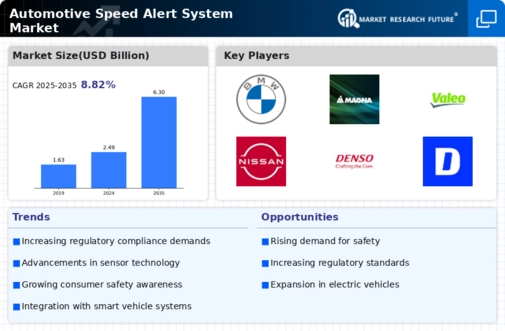
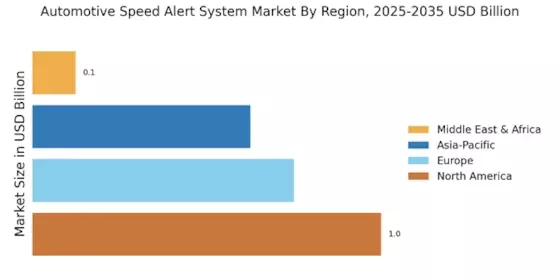
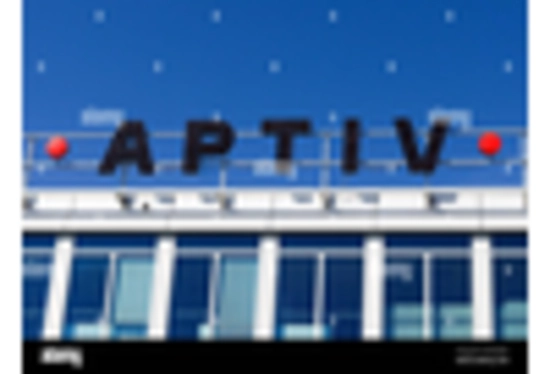


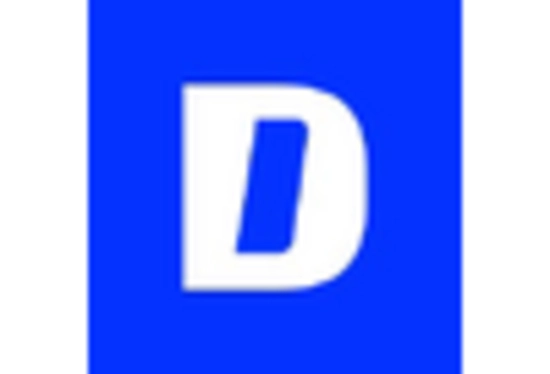

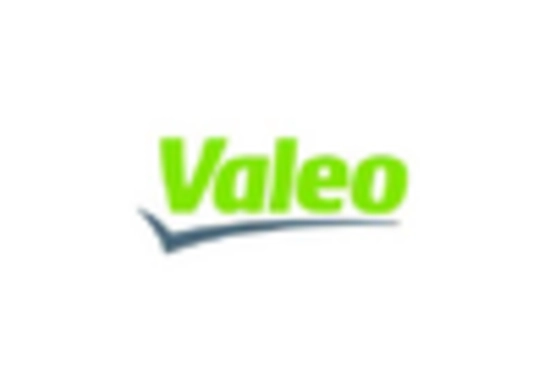








Leave a Comment